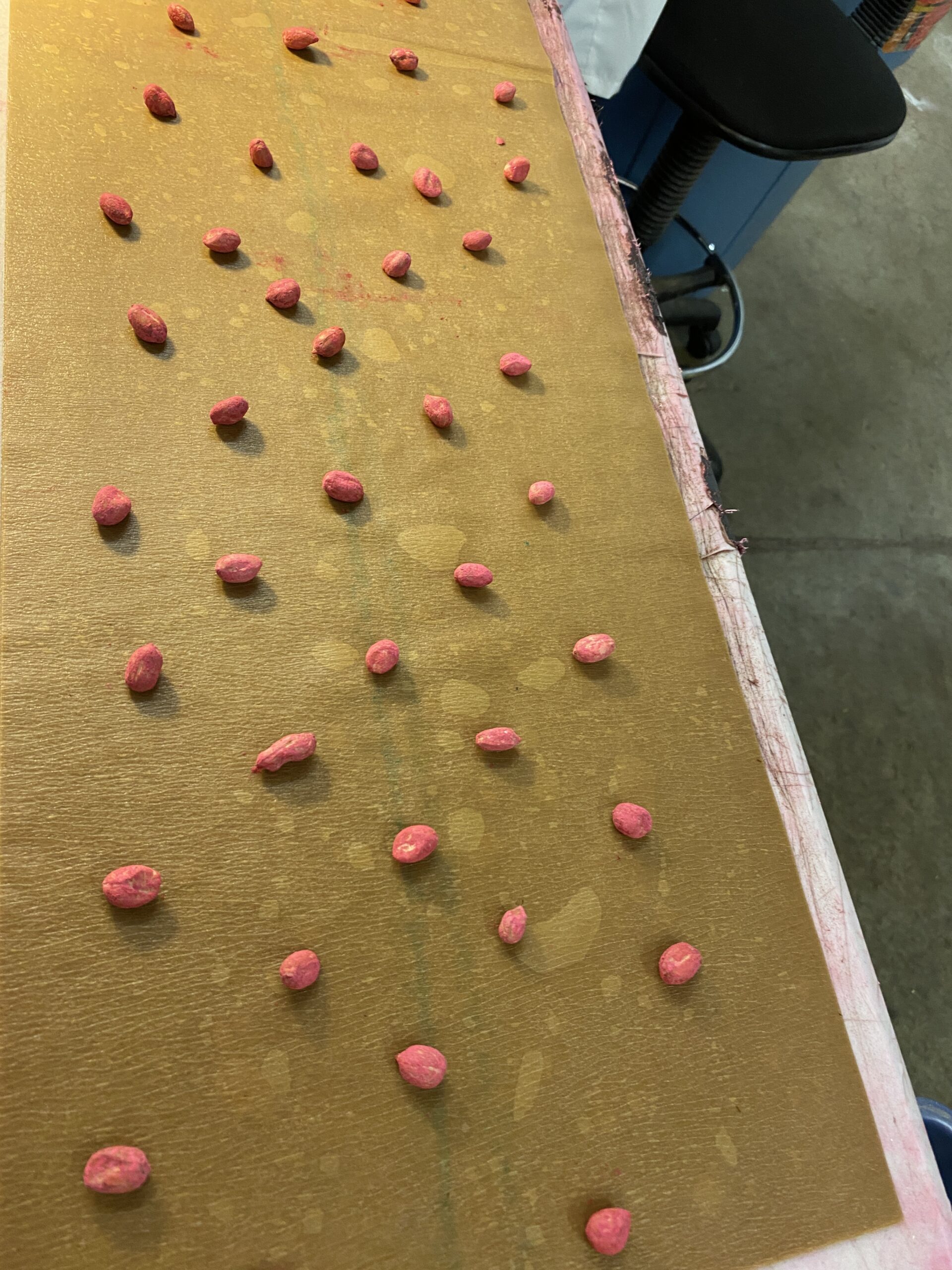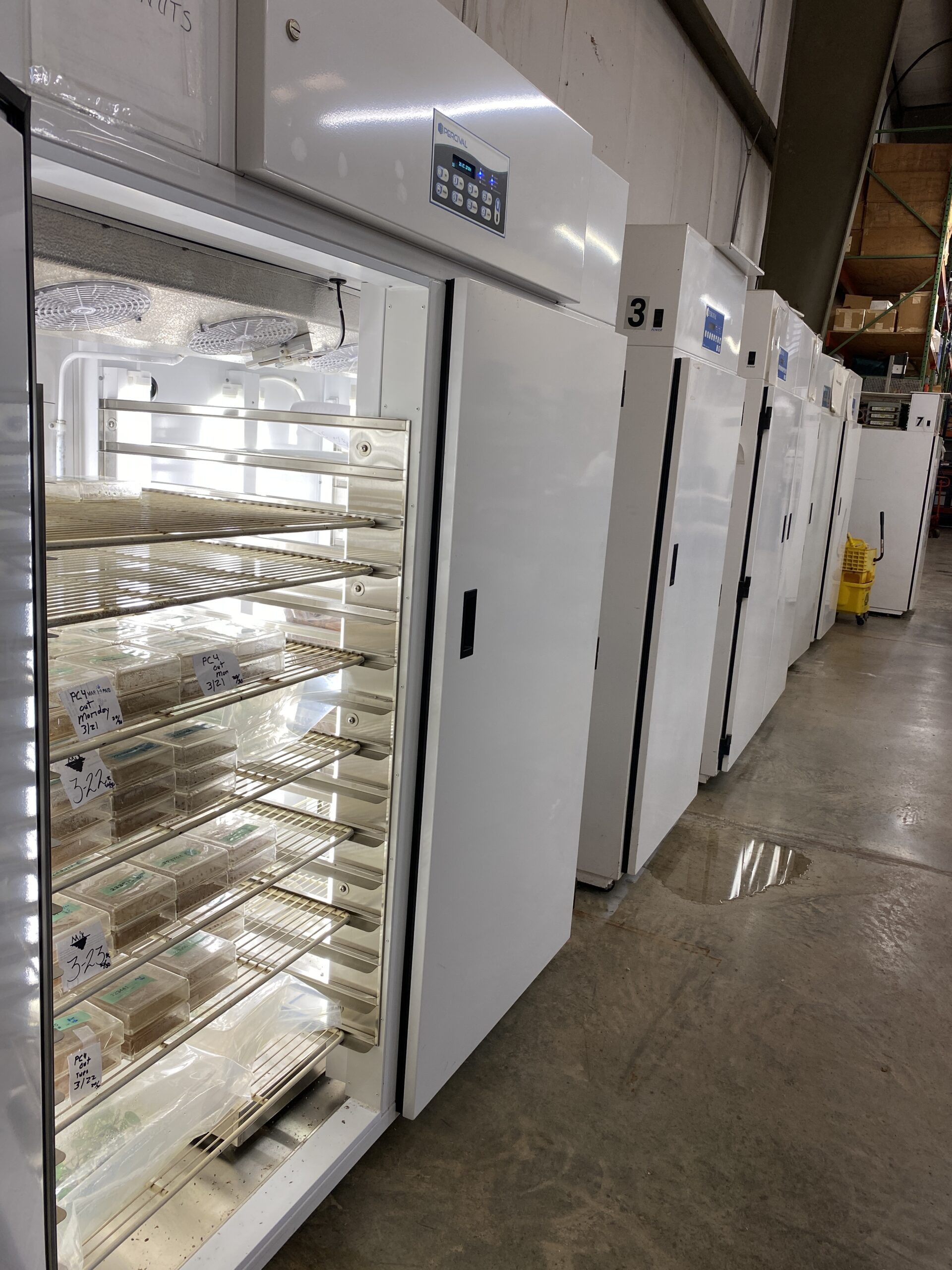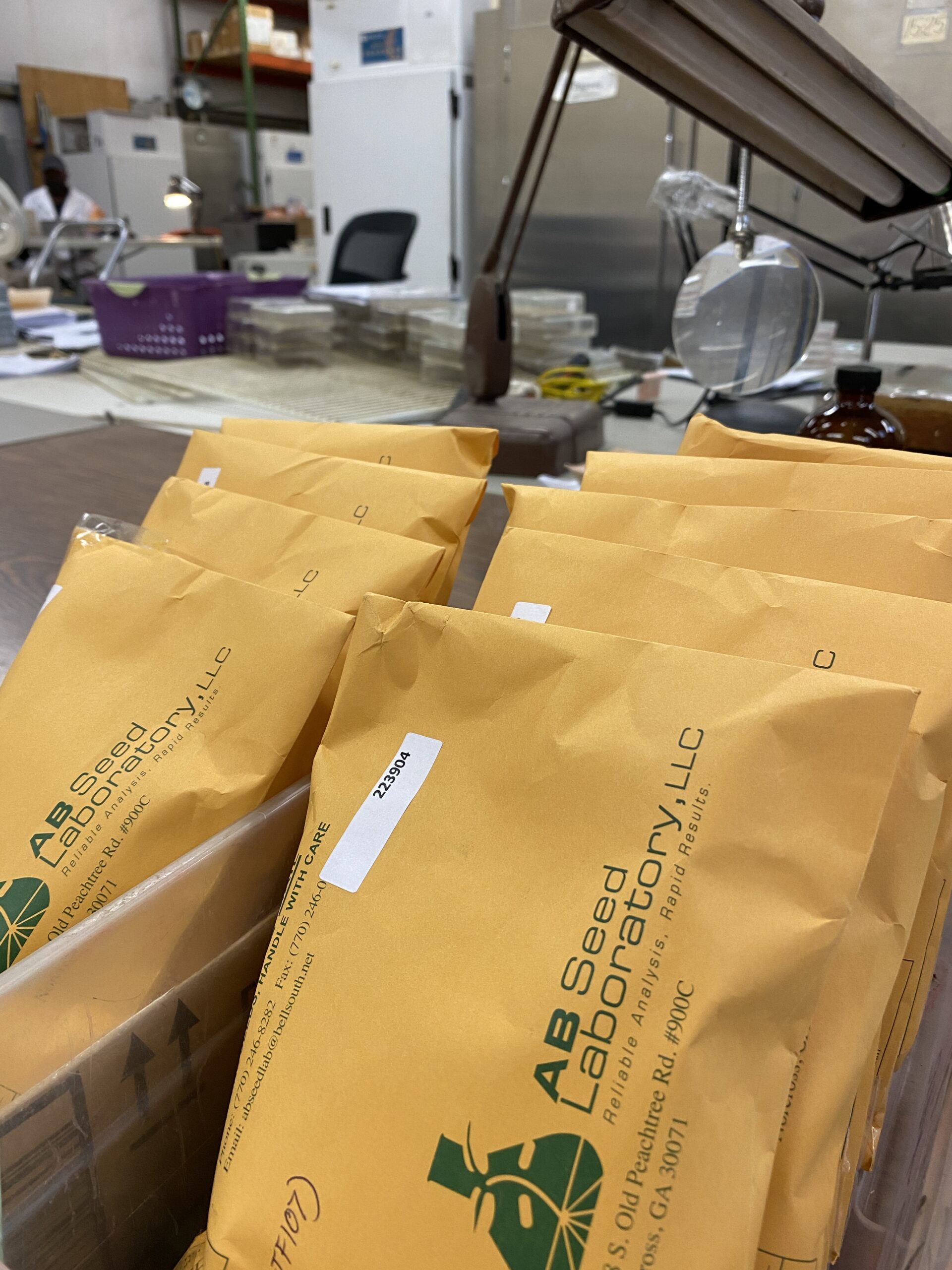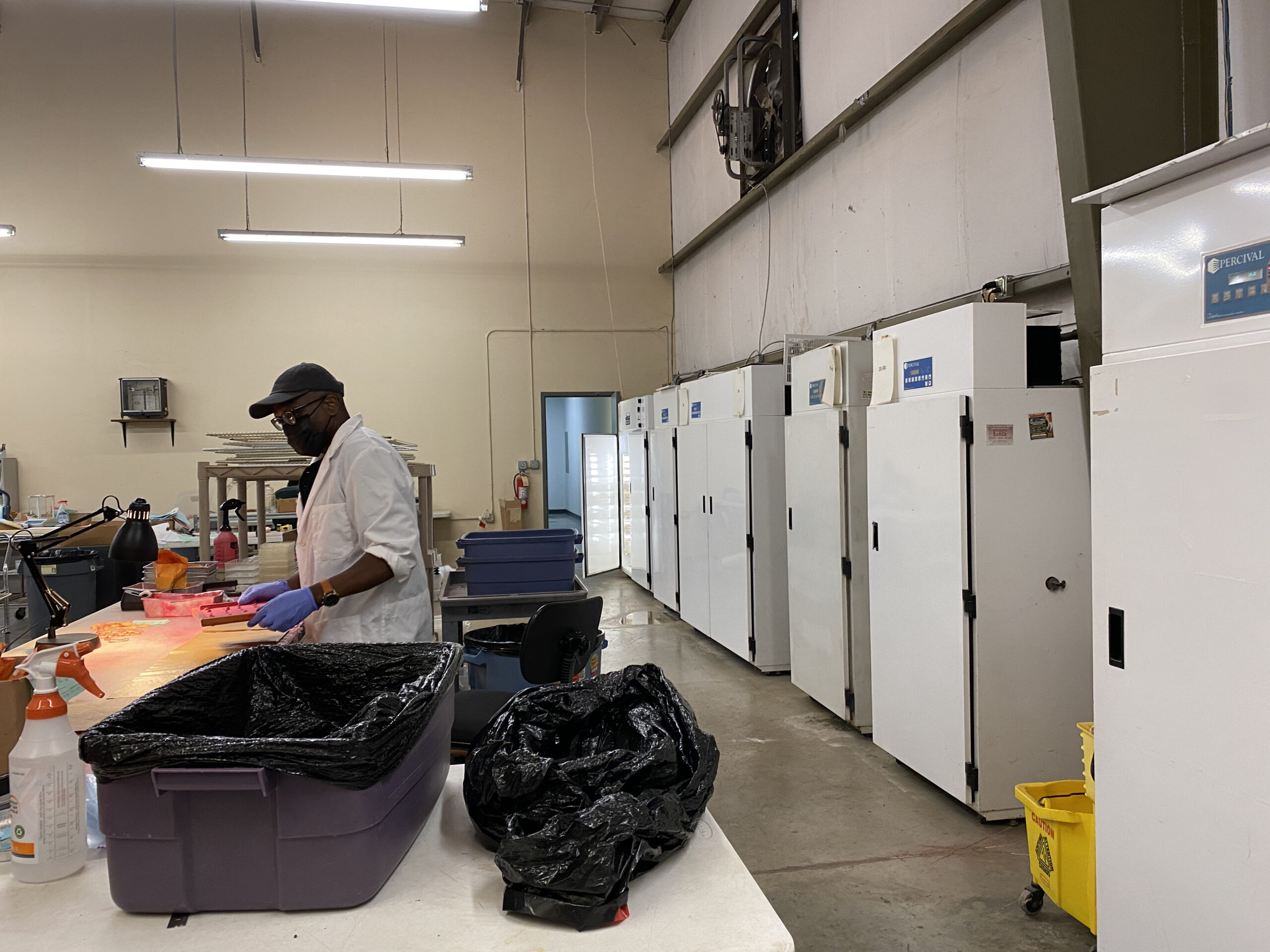AB Seed Laboratory, LLC
Founded in 1998, The AB Seed Laboratory, LLC is a private seed testing Laboratory. Located in Norcross, Georgia, the AB Seed Laboratory, LLC is committed to providing seed testing services for its customers and has been successfully providing reliable and rapid results nationwide for over three decades.
Welcome To AB Seed Laboratory
As a member of the Society of Commercial Seed Technologists, the AB Seed Lab’s highly trained staff proudly offers a multitude of seed testing options, all in accordance with AOSA and other standards. Our Registered Seed Technologists and Seed Analysts can ensure that your seed testing needs will be met.
Test results can be delivered via the web, telephone, e-mail, and the cloud. Attending a myriad of conferences and workshops, the staff at the AB Seed Laboratory takes every precaution to ensure that we offer the best quality and friendliest service available. With a rich company history, we have experience with a wide variety of seed samples (field seed, flower seed, vegetable seed, and native seeds), and with a large pool of available tests, the AB Seed Laboratory can work with your individual needs to deliver the information your business needs.
Contact Us
5680 OAKBROOK PARKWAY
SUITE 165
Norcross, GA 30093
seedtesting@abseedlab.com
(770) 246-8282

In-House Testing
Germination (G)
Defined as the resumption of growth by the embryo and development of a young plant from the seed, germination tests are very well known. When both purity and germination test are required, seeds for the germination test are taken from the pure seed component of the purity analysis, and then planted without discrimination as to size or appearance, regularly 400 seeds are tested for germination with the exception of mixtures. However, when seedling quality is in doubt, commonly 400 more seeds are tested for re-evaluation. When only a germination test is required the pure seed fraction of the sample is estimated to be at least 98% in accordance to section 2.2 of “AOSA Rules for Testing Seeds Vol. 1” During testing, in germinators, the percentage of normal seedlings that develop under ideal conditions is recorded. Furthermore, the percentage of hard and dormant seeds is also recorded from the germination test.
Tetrazolium (TZ)
The two primary uses of this chemical-viability test on seed lots is to establish seed viability quickly and also to determine dormancy at the conclusion of germination testing. In order to conduct this test 2,3,5 Triphenyl Tetrazolium Chloride (TTC) is prepared in concentrations of 0.10 % and 1.0%, the TTC salts are then applied to living tissue, where the TTC salt reduces to formazan as a result of the respiration processes within living tissues release hydrogen, which eventually will combine with the colorless TTC solution in order to produce a red pigment. Because of the TZ test, it is possible to determine the potential viability and vigor ratings within 15 minutes to 24 hours. Strong and healthy tissues develop a normal red stain while aged tissues show a pale or mottled stain. Dead tissues, however, remain white. Therefore, the TZ test can be extremely useful in evaluating dormant seeds at harvest or seeds that require long or uncertain testing periods.
Results of the test are reported to customers in the form of the percentage of viable or dormant seeds observed.
Purity and Noxious (P & N)
The purpose of the purity test is to determine what proportion of the sample is crop seed and what proportion is not of the sample crop by dividing the samples into four components, Pure Seed, Inert matter, Other Crop, and Weed Seeds. Upon receiving the sample, the analyst divides the bulk sample into a smaller sample, or working sample, which will be used for testing.
Once a working sample is determined the Purity Analyst utilizes visual examination, with magnification as required, Specific gravity blowers, and Screens (sieves) to separate the four components of the Purity test. The weights of the four components are then calculated from the weight of the original sample.
Usually, the seeds are mixed and then divided into two parts. This process is repeated until a desired amount of seed is reached. To reduce sampling errors, the bulk sample is reduced to the nearest minimum weight as noted in the Rules for Testing Seeds.







